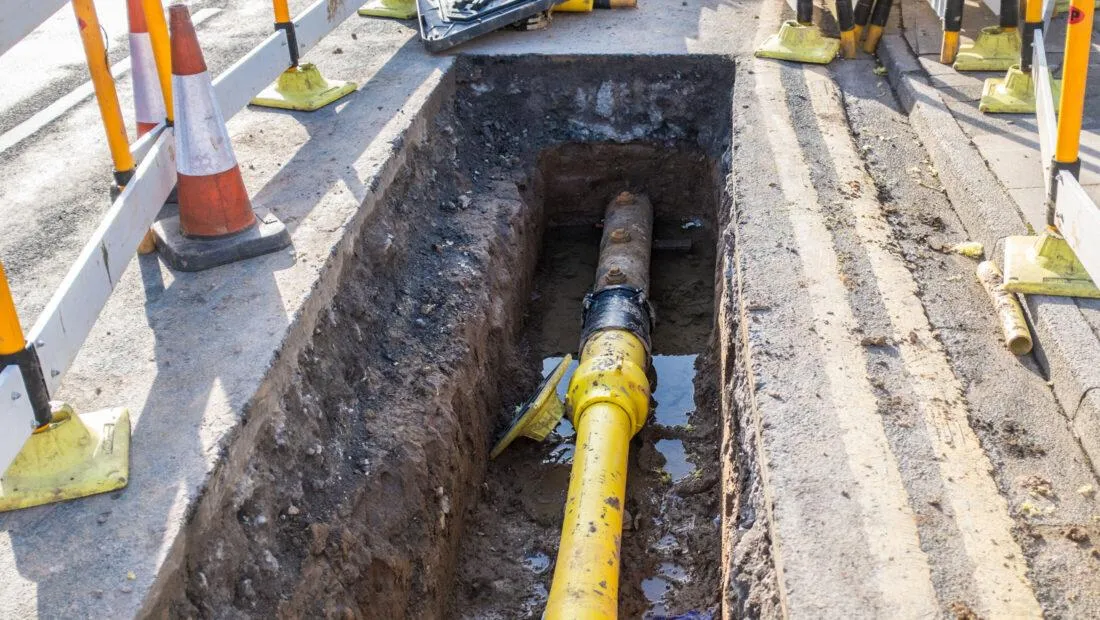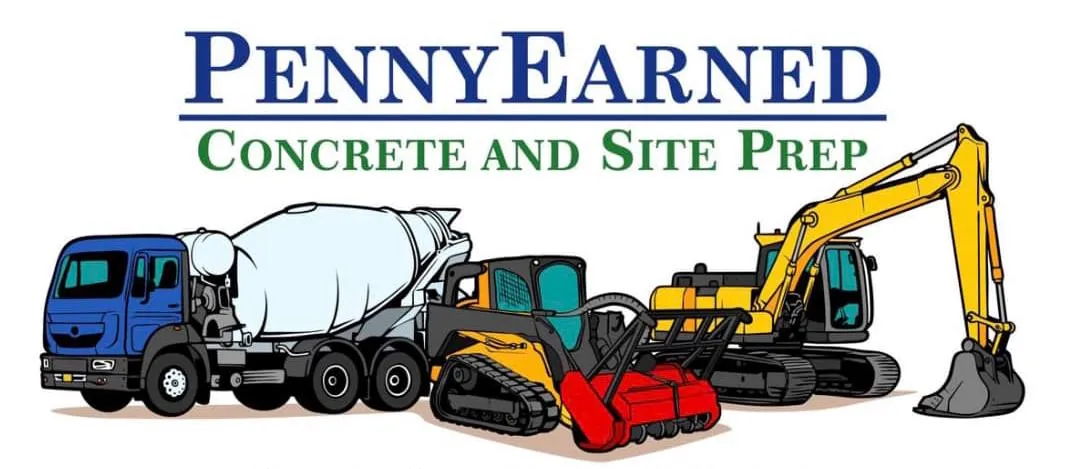
How to Budget for Utility Trenching Near Montgomery County, AL Without Breaking the Bank
1. Why Utility Trenching Costs More Than You’d Think in Montgomery
You’ve probably been quoted a price for utility trenching and thought, “That’s way more than I expected for digging a trench.” You’re not alone. Whether you’re putting in power, water, sewer, or fiber lines, the cost isn’t just about moving dirt — it’s about everything underneath it, and what it takes to move through it the right way.
As folks who’ve lived and worked all over Montgomery County and the surrounding areas, we’ve seen too many people get hit with surprises because they didn’t know what went into trenching budgets. We’re here to help you avoid that.
2. The Real Problem: It’s Not Just the Dirt—It’s the Unknowns
Let’s be honest. One of the scariest things about a trenching project is the not knowing. Not knowing what’s underground. Not knowing how long it’ll take. Not knowing if it’ll blow your budget halfway through. That uncertainty keeps homeowners and builders up at night — and it’s exactly what we work to eliminate.
3. What Impacts the Price of a Utility Trenching Project?
There’s no one-size-fits-all number for trenching costs. Here are the main things that swing the price around:
Depth and length of the trench
Deeper and longer = more time, more labor, more equipment.What’s underground already
Tree roots, boulders, old pipes, and unknown lines can cause delays and extra labor.Soil type
Sandy soil is easier to dig than hard clay or rock. Parts of Montgomery and Autauga Counties are famous for red clay — and that slows things down.Access
If equipment can’t reach the trench site easily, the job takes longer and costs more.Permits and inspections
Different counties and cities (like Prattville, Troy, or Wetumpka) have different requirements.Restoration afterward
Replacing grass, driveways, sidewalks, or even fencing adds to the total.
4. How to Get an Accurate Estimate Without Guesswork
You can’t build a good budget off a guess. The most reliable way to get a solid estimate is by walking the site with a local contractor. At PennyEarned Concrete and Site Prep, we’ve worked all over central Alabama — we know how different soils and county rules affect pricing.
When we give a quote, we base it on:
A real visit to the site
Any drawings or utility maps you can provide
A discussion about what’s being installed (power, water, gas, etc.)
The more info you can give your contractor upfront, the better your estimate will be.
5. Breaking Down the Budget: Line by Line
Here’s a general breakdown of what a trenching job might cost near Montgomery:
Multiply that by the number of feet, and you’ll see how quickly it adds up. For example, a 100-foot trench with utilities and basic restoration could run between $1,200 to $4,000, depending on the site.
6. How to Avoid Surprise Costs (And What to Watch Out For)
We always tell folks this: the cheapest quote is usually the one that leaves stuff out. Look for these red flags:
A “flat rate” price without details
No mention of permits or restoration
No site visit before quoting
No written scope of work
Surprises usually show up halfway through the project when you hear, “That’s going to cost extra.” We’d rather be upfront and honest from the start.
7. Should You DIY or Hire a Pro in Montgomery County?
We get it. You’re handy. You’ve got access to a trencher. Maybe you’re thinking about saving some money by tackling it yourself. Here’s the truth:
You can DIY trenching, but you shouldn’t unless:
You know how deep each utility needs to be
You’ve called 811 and marked all underground lines
You have time to fix mistakes
You’re okay dealing with county inspectors if something’s off
For most homeowners, hiring a pro isn’t just safer — it’s cheaper in the long run because it avoids rework, delays, and even fines.
8. How Local Conditions Across Central Alabama Affect Trenching Costs
Trenching in Montgomery County is different than trenching in Dallas County or Pike County. Here’s how:
Montgomery/Autauga Counties: Red clay, strict permitting in some city limits
Lowndes/Bullock Counties: Sandy loam, easier digging but more erosion control
Tallapoosa/Chilton Counties: Hilly terrain adds complexity
Dallas/Pike Counties: More farmland; access can be a problem in wet weather
A local contractor will know how to factor these conditions into both the cost and timeline — someone from out-of-town might not.
9. Red Flags When Hiring a Trenching Contractor
Before signing anything, watch for:
Lack of license or insurance
No local references
Vague quotes or contracts
No permit plan
No mention of calling 811
Good contractors don’t hide details — they explain them. You should feel informed, not confused.
10. Smart Tips to Keep Your Project on Budget
Here’s how to avoid going over:
Get multiple quotes—but don’t go with the cheapest
Ask for a detailed scope of work in writing
Walk the site with your contractor
Plan your trench path early — don’t change your mind halfway
Bundle projects — combining water, power, and sewer lines can save time and money
Even better: schedule your trenching when your site is already being worked on. If you’re prepping for a home build or adding a workshop, doing the trenching as part of the bigger job saves mobilization fees.
11. Why the Right Contractor Is the Key to a Good Night’s Sleep
At PennyEarned Concrete and Site Prep, we’ve had clients tell us they finally stopped stressing once they saw how we handled their trenching job. That’s the goal.
We’re not the biggest company out there, but we care deeply about the details — because we’ve lived and worked here all our lives. We want to see projects done right, not done twice.
You shouldn’t have to guess or hope everything goes smoothly. You deserve to feel confident, informed, and in control of your budget.
12. Final Thoughts: Spend Smarter, Not More
Utility trenching doesn’t have to wreck your wallet — or your peace of mind.
Start by understanding what drives the cost. Get clear estimates from someone who knows the local ground. Ask questions. Get it in writing. And trust your gut — if a quote feels too good to be true, it probably is.
At PennyEarned, we’re here to help you do it right the first time. If you’re planning a trenching project in Montgomery or any of the surrounding counties, we’d be glad to talk it through with you. No pressure — just honest advice.
All rights reserved | Privacy policy | Client Support Area | Terms & Conditions | Privacy policy




